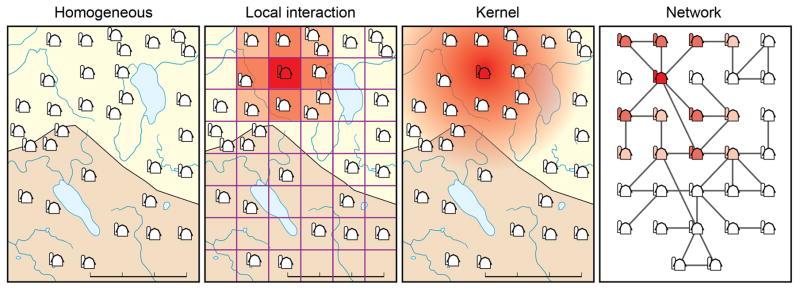Figure 1. Spatial representation of FMDV transmission.
Multiple methods have been used to capture FMDV transmission among farms. Some models assume homogeneous mixing, implying high rates of mixing in the host population (Ap Dewi et al., 2004, Bouma et al., 2003, Garner and Lack, 1995a, Haydon et al., 1997, Kobayashi et al., 2007a, Tsutsui et al., 2003). Other models assume local interactions (Doran and Laffan, 2005, Highfield et al., 2010, Ward et al., 2009) or kernel weighted spread (Chis Ster and Ferguson, 2007, Keeling et al., 2001), indicating that transmission is based on the distance between susceptible and infectious farms. Finally, network models provide an alternative representation, in which the contact structure is based on multiple factors (Green et al., 2006, Kao et al., 2007, Kiss et al., 2006).

